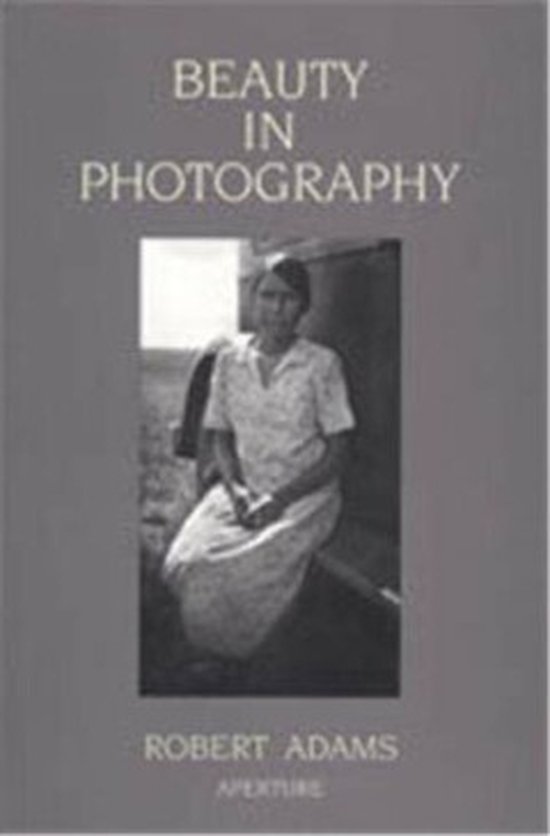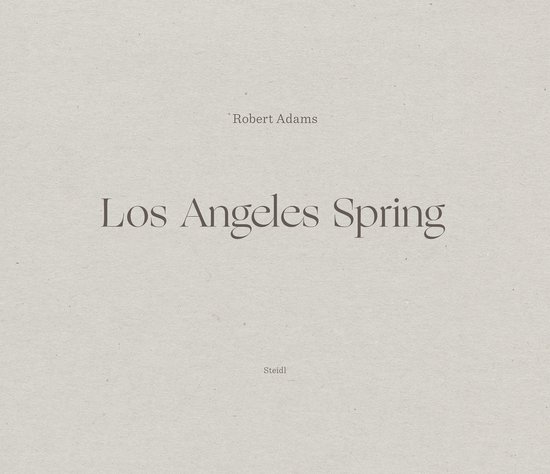
Why People Photograph
In 1981 Robert Adams published a volume of essays entitled Beauty in Photography, in which he suggested that art is too important to confuse with interior decoration or an investment opportunity. Its real use, he contended, is to affirm meaning and thus to keep intact an affection for life. Why People Photograph gathers a selection of Adams's writing since then. His subjects vary, but again he questions accepted prejudice, this time not only the view that art is trivial but that artists are separate. He demonstrates that many understand themselves to be bound to the world by complex and important obligations. Adams's writing is free of academic jargon. Readers will also appreciate his attention to common experience (he talks about trying to earn an income), his enjoyment of the unorthodox (one essay concerns dogs and photography), and above all his conviction that art matters. Photographers may or may not make a living by photography, he writes, but they are alive by it.
A now classic text on the art, Why People Photograph gathers a selection of essays by the great master photographer Robert Adams, tackling such diverse subjects as collectors, humor, teaching, money and dogs. Adams also writes brilliantly on Edward Weston, Paul Strand, Laura Gilpin, Judith Joy Ross, Susan Meiselas, Michael Schmidt, Ansel Adams, Dorothea Lange, and Eugène Atget. The book closes with two essays on "working conditions" in the nineteenth- and twentieth-century American West, and the essay "Two Landscapes." Adams writes: At our best and most fortunate we make pictures because of what stands in front of the camera, to honor what is greater and more interesting than we are."
A now classic text on the art, Why People Photograph gathers a selection of essays by the great master photographer Robert Adams, tackling such diverse subjects as collectors, humor, teaching, money and dogs. Adams also writes brilliantly on Edward Weston, Paul Strand, Laura Gilpin, Judith Joy Ross, Susan Meiselas, Michael Schmidt, Ansel Adams, Dorothea Lange, and Eugène Atget. The book closes with two essays on "working conditions" in the nineteenth- and twentieth-century American West, and the essay "Two Landscapes." Adams writes: At our best and most fortunate we make pictures because of what stands in front of the camera, to honor what is greater and more interesting than we are."
| Auteur | | Robert Adams |
| Taal | | Engels |
| Type | | Paperback |
| Categorie | | Kunst & Fotografie |





